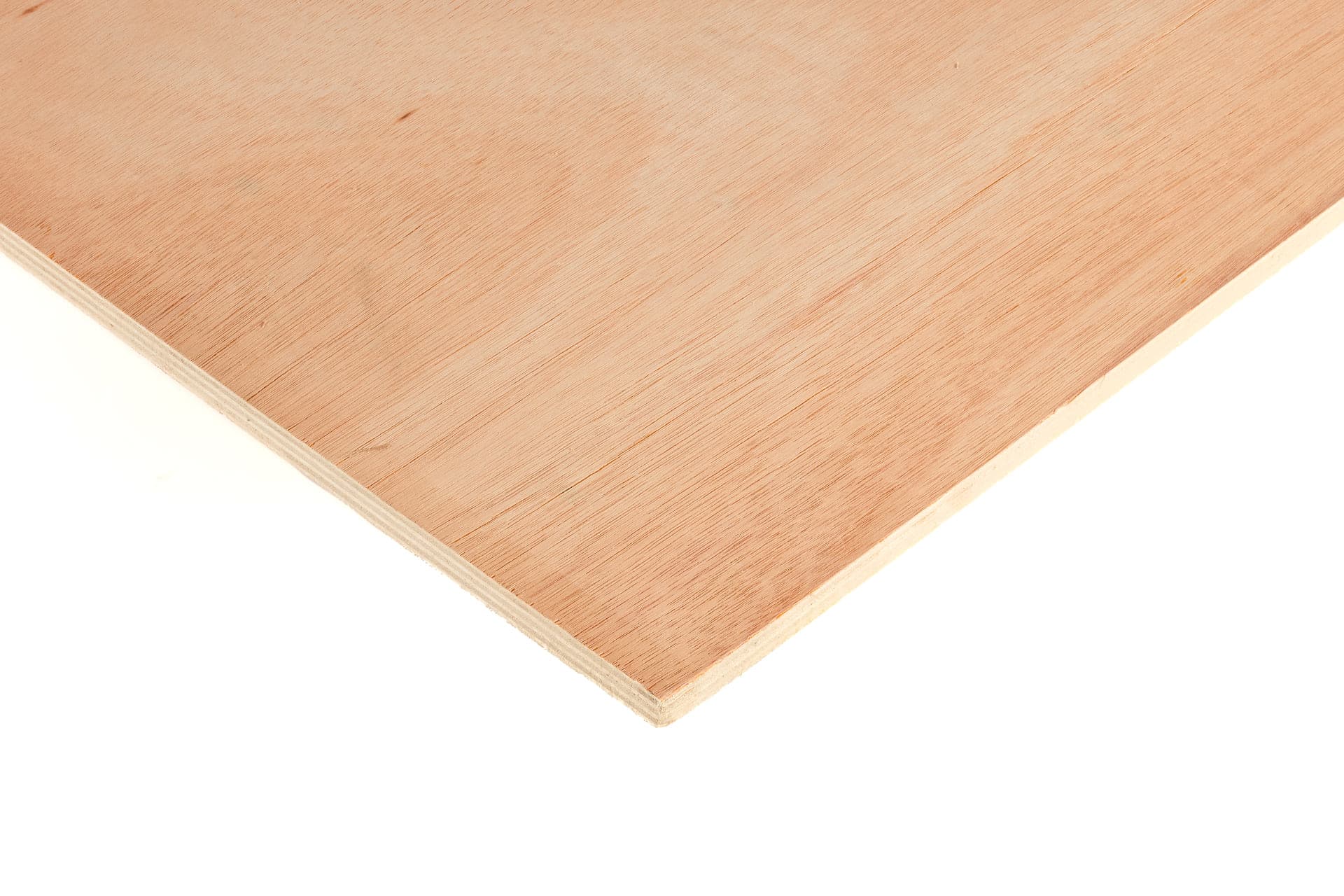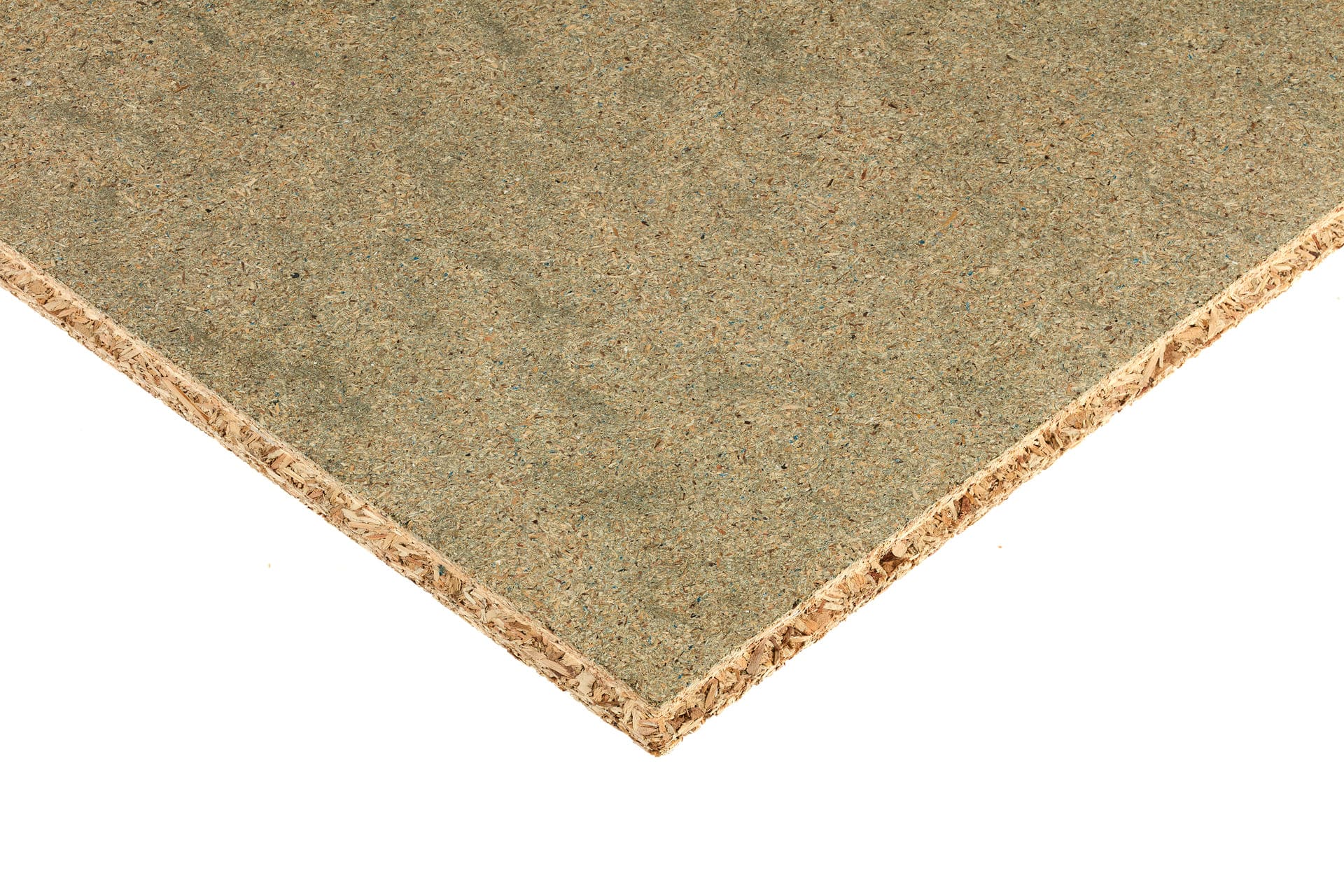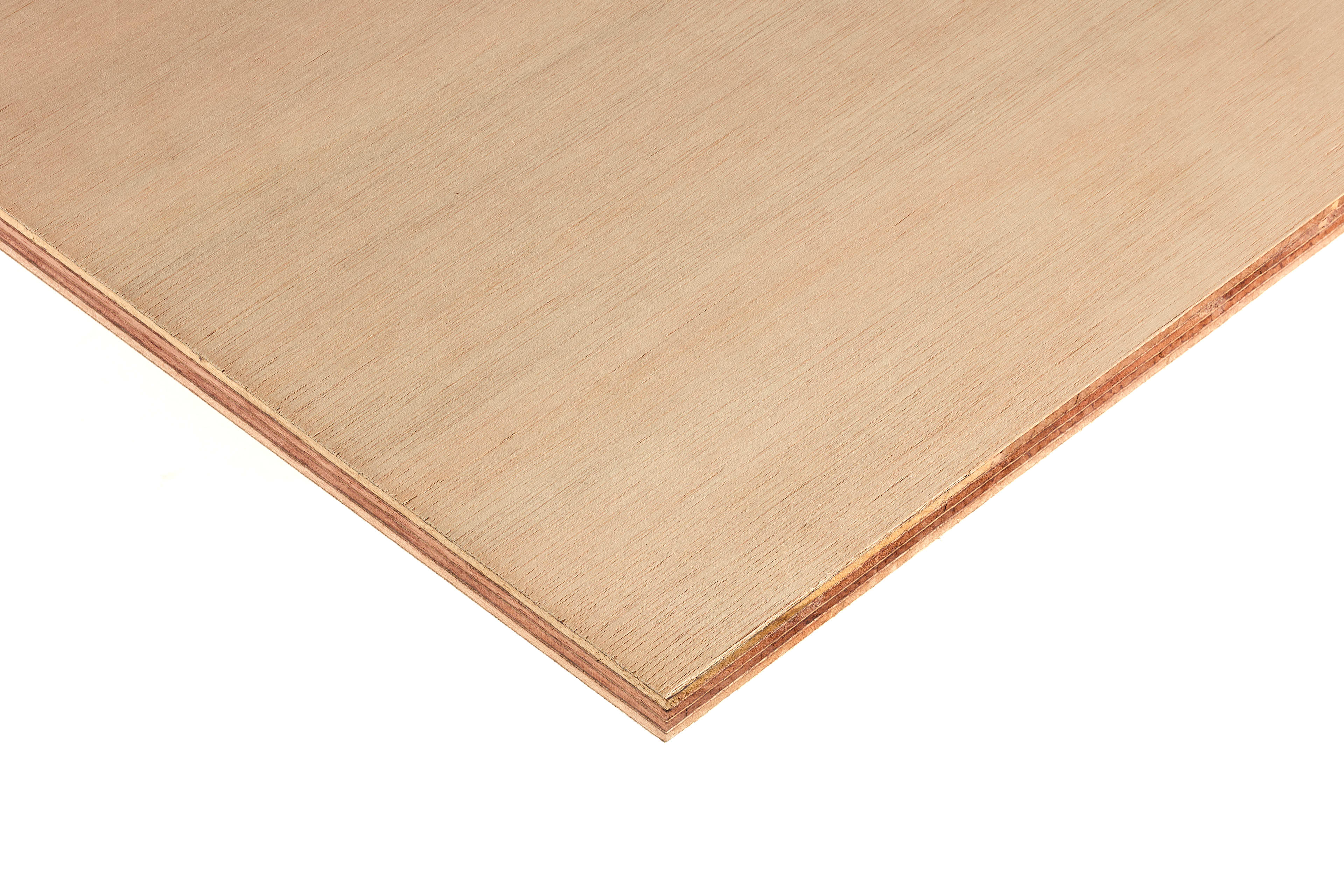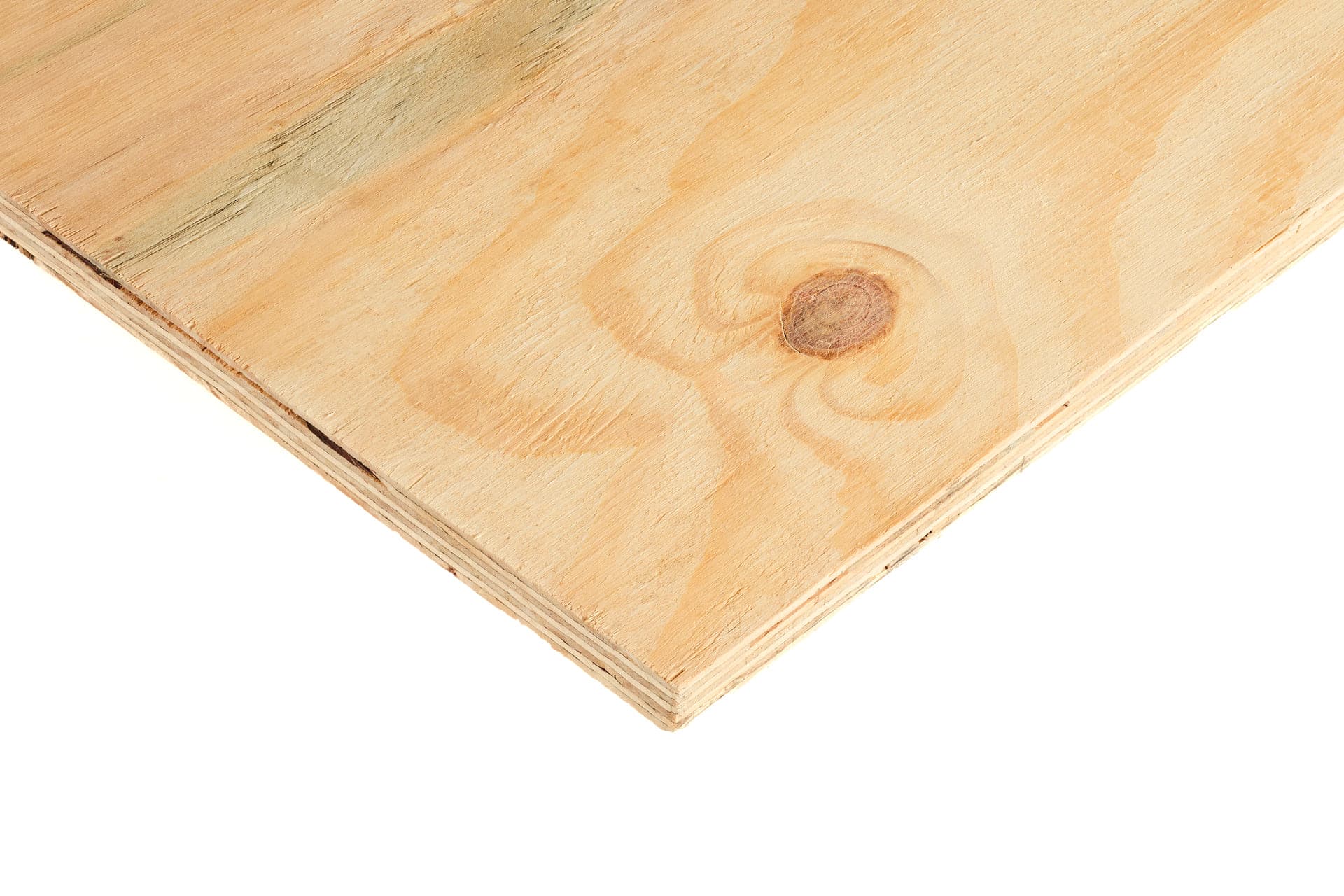Sheet Materials
(107 Products)Sheet materials are versatile wood panels, engineered from both solid and recycled timber and bonded together with various adhesives. These integral panels bring vital reinforcement to construction projects, and come in many forms, including plywood, medium-density fibreboard (MDF) particleboard (chipboard), and oriented strand board (OSB). With their renowned strength and reliability, these wood-based products have become indispensable resources in the building industry.
Types of Sheet Materials
Here at Materials Market, we offer a great range of responsibly sourced sheet materials in different densities and thicknesses from leading manufacturers.
We carry materials suitable for both structural and non-structural projects to assist you in actualising all of your interior designs.
Let's take a closer look at which sheet materials we stock below.
Chipboard
Chipboard also referred to as particleboard, is a type of engineered wood product made by compressing wood chips or fibres with glue.
It is often used as a cheaper alternative to solid wood or plywood and can be found in a variety of applications such as furniture (cabinet making), packaging, and general-purpose joinery.
Chipboard typically has a uniform consistency and is less durable than solid wood or plywood. That said, it is lightweight and easy to work with.
Hardboard Sheets
Hardboard, also known as high-density fibreboard (HDF), is a type of engineered wood product made from wood fibres that are compressed and then sealed with resin.
Hardboard is an extremely resilient material, with remarkable tensile strength and a robust finish that makes it perfect for a range of different applications, including countertops, flooring substrates, furniture production and more.
Its sheets have a smooth surface on one side to which any kind of floor covering can be applied; hardboard's other side has a textured grip for extra traction - but if you need to apply permanent fixtures, a ring-shanked nail will be required for permanent fixtures.
MDF Boards
MDF stands for Medium-Density Fibreboard, a type of engineered wood sheet material made from wood fibres that are compressed and sealed with resin.
MDF board is the go-to for furniture producers such as IKEA due to its glossy finish and versatility. It's primarily used in applications that require an appealing visual outcome, making it an ideal choice when creating items of furniture or any other product with a need for unblemished results.
For this reason, MDF is commonly used for furniture, cabinetry, moulding, and other applications that require a uniform and smooth surface.
We sell a wide range of MDF panels of varying thicknesses from Moisture Resistant MDF to Veneered MDF.
OSB Boards
Robustly engineered to endure even the most extreme humidity levels, Oriented Strand Board (OSB) is a composite of 'oriented strands', which are made up of wood fibres and adhesives.
This method creates an impressive finish with superior load-bearing capabilities that rivals softwood plywood in terms of flexibility and strength while boasting attractive wood patterned boards.
Intended for use in flooring, walls or roof projects, OSB3 comes in three sizes: 9mm, 11mm or 18mm. Depending on the timber grade, OSB can be suitable for external applications.
Plywood Sheets
Plywood sheets are dependable, engineered wood consisting of several thin slices of wood veneer glued together with an adhesive. Often referred to as plyboard, this multi-purpose sheet material is ideal for many industrial and residential construction projects.
8x4 plywood sheets are the industry standard (8ft by 4ft) which translates to 2440mm x 1220mm respectively.
Crafted with a variety of wood species like spruce, pine and fir, plywood's production process entails rotating each adjacent layer between 45-90 degrees so the fibre goes in different directions per layer, resulting in improved strength and reduced warping - otherwise known as cross-graining.
By layering the boards this way, it creates added durability to the completed product.
Frequently Asked Sheet Materials Questions
What Is Sheet Materials' Wood Made From?
Constructed from timber particles such as fibres, veneers, and staves, sheet materials are a reliable material for many projects.
Can Plywood Sheets Be Used Outside?
Our hardwood structural plywood can be used for exterior and interior applications, provided they are sealed correctly. External plywood board is a versatile material, the layers have a negligible core gap which limits the amount that can get into the plywood. It is moisture-resistant and water-resistant and is perfectly suited for structural tasks where occasional wetting may occur. We also carry marine plywood on our site which is even better suited to outdoor use.
Does Hardboard Swell When Wet?
Hardboard is just as vulnerable to moisture as other wood products. Rain or humidity may cause the boards to expand or warp, which might alter their appearance and reduce structural integrity.
Is OSB Sterling Board Stronger Than Plywood?
OSB boards are heavier and stronger than plywood, hence why it is the preferred choice in applications where load-bearing is a priority, such as flooring and wall sheathing.
OSB's strength lies in the means of its manufacture. Layers of wood strips are placed strategically with the purpose of enhancing their strength - potentially up to 50 layers in a single sheet! It is a testament to the strength of OSB3 as a building material that it is now used in around 70% of all home flooring in North America.















































